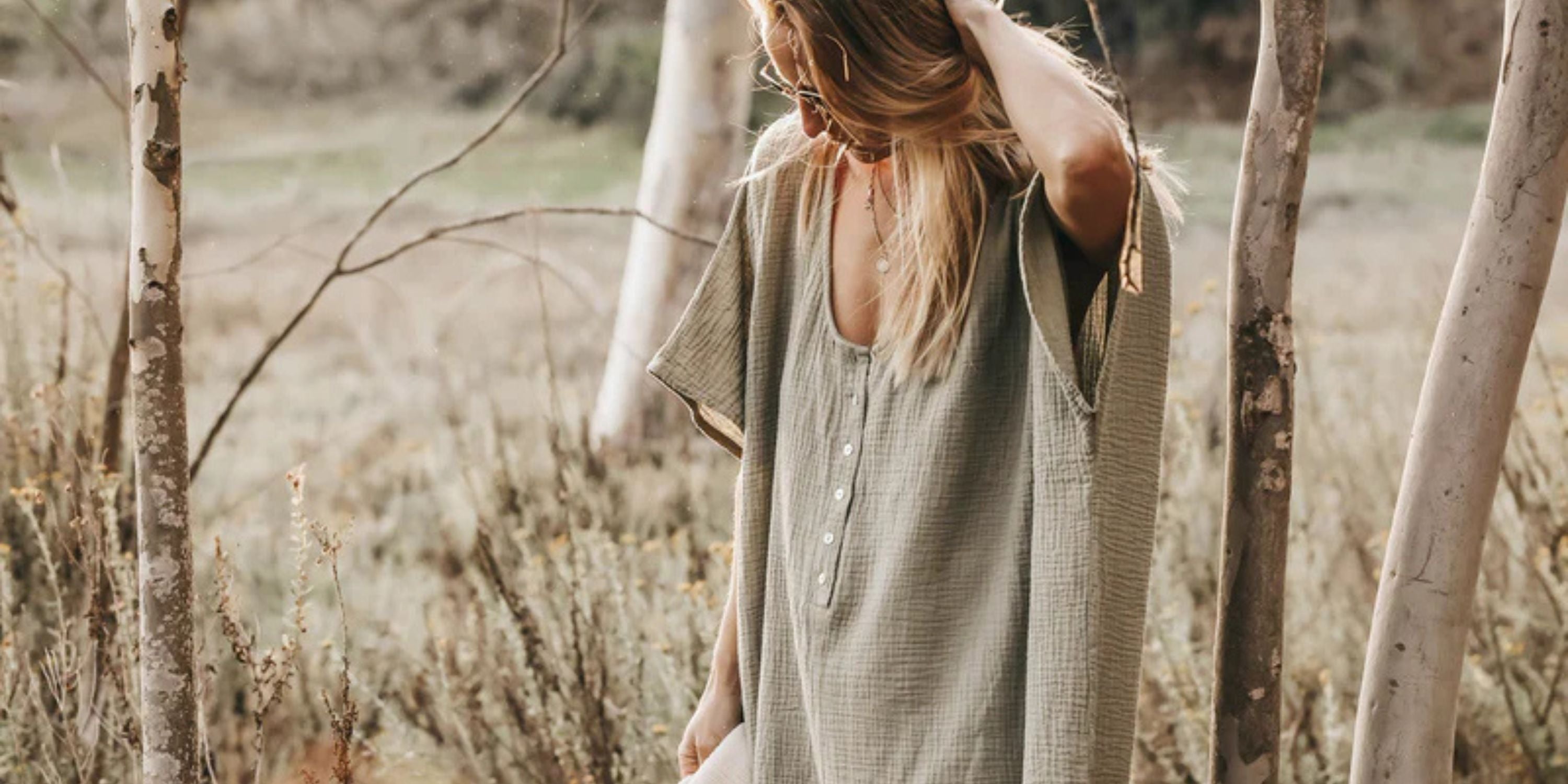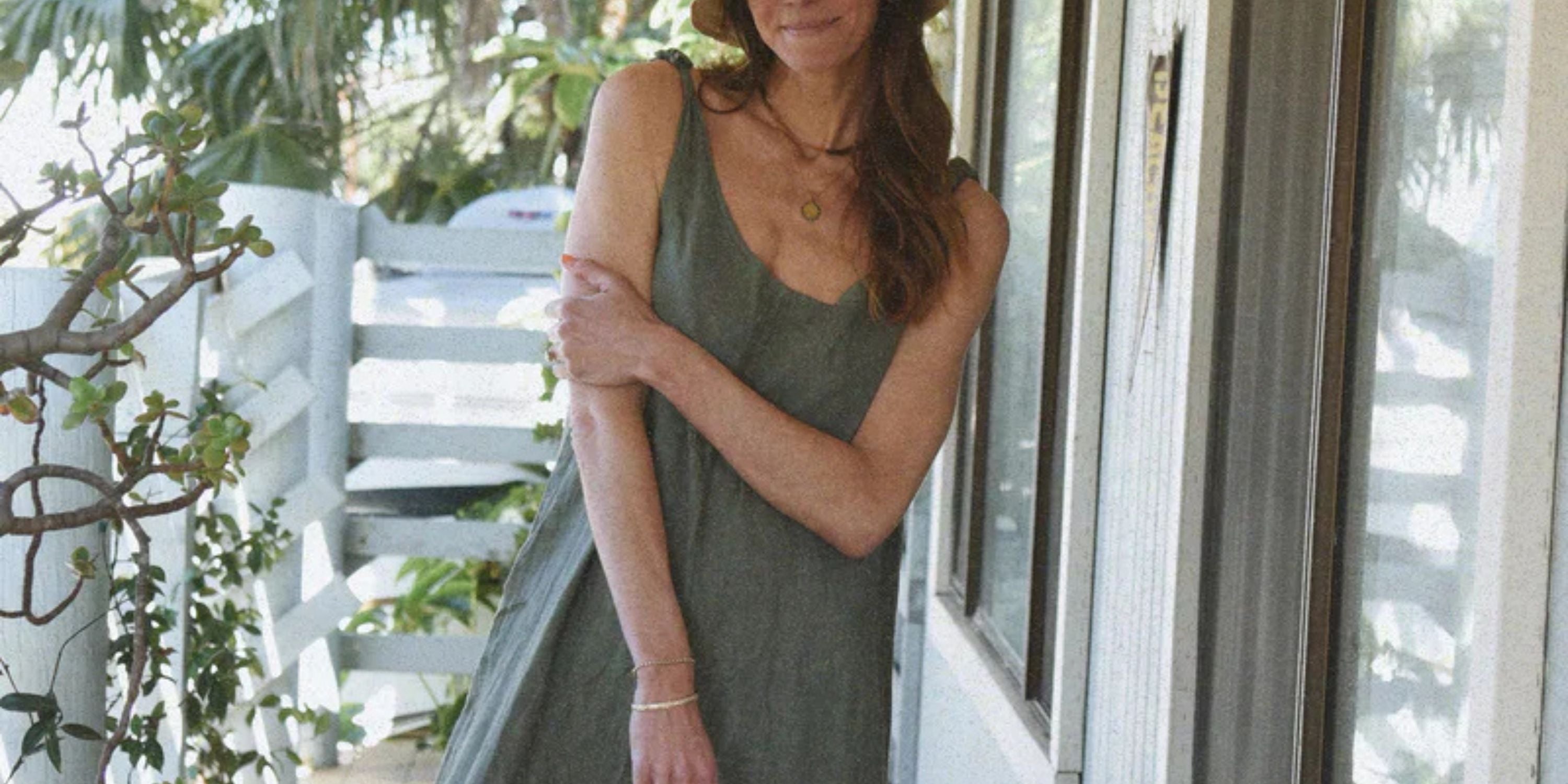
A Complete History of Bohemian Fashion Style
With its rich history and unmistakable aesthetic, bohemian fashion has captivated and inspired people for centuries. This distinctive style, characterized by free-spirited layers, flowing materials, and artisanal details, transcends mere fashion trends and continues to evolve while staying true to its roots. Uncovering the trajectory of bohemian fashion is a chance to better understand the garments and the cultural movements and philosophies behind them.
We’ll explore the complete history of bohemian fashion style and its enduring influence, taking you through centuries of artistry and expression. From its beginnings in the French Romantic era to its modern-day interpretations, discover how bohemian style came to define a timeless aesthetic.
Introduction to Bohemian Fashion
Bohemian, or boho, fashion is a style rooted in creativity, individuality, and an appreciation for the arts. This style celebrates freedom of movement, comfort, and an unconventional approach to clothing. Loose silhouettes, earth and jewel tones, textured materials, and an emphasis on handmade artisanship are what distinguish bohemian fashion.
What makes this style truly remarkable is its connection to cultural eras of rebellion and counterculture movements, each contributing layers of meaning and refinement. Bohemian fashion isn’t just a look—it’s a philosophy of living that embodies artistic expression and a break from societal norms.
Origins of Bohemian Style
The origins of bohemian style date back to the early 19th century. Following the French Revolution, artists, poets, and musicians who were once financially supported by the aristocracy faced a significant shift in their socioeconomic status. These creatives embraced a more practical, understated style out of necessity to live outside of societal norms. Their clothing choices symbolized a rejection of material excess and a move toward values centered around artistry and individuality.
Many of these creative individuals found themselves inhabiting areas with modest resources, which led to a resourceful approach to style. Layers of eclectic garments in soft, loose-fitting materials became staples, setting the foundation for the bohemian look. The items carried deep personal and cultural significance, and they prioritized handmade artistry over luxury items.

The French Romantic Era
During the French Romantic era of the early 19th century, the bohemian style flourished as an iconic artistic look. Flowing dresses, richly textured fabrics, and muted palettes represented a yearning for a lifestyle untethered from rigid societal expectations.
Men and women of this era rejected commercialist, materialistic ideals, often adorning themselves with accessories and garments inspired by medieval and folk traditions. This style was deeply intertwined with the Romantic movement’s artistic pursuits, with poets, painters, and writers championing the bohemian aesthetic as an extension of their craft.
The Aesthetic Movement
The Aesthetic Movement, which began in the late 19th century, brought further sophistication to bohemian fashion. This movement emphasized beauty, craftsmanship, and liberation from strict Victorian style norms. Those who embraced the bohemian style chose to craft their own garments with personalized touches rather than wear clothes made from mass-produced textiles.
Colors during this period focused on soft earth tones and floral motifs, providing a stark contrast to mainstream society’s dark, heavily structured clothing. By favoring clothing that allowed for ease of movement, figures of the Aesthetic Movement demonstrated how bohemian fashion could align with a lifestyle promoting creative freedom and comfort.
Early 20th Century Bohemians
In the early 20th century, World War I and the Great Depression substantially affected women’s clothing. Women began to wear more practical garments and had to be more resourceful to express themselves through fashion.
Bohemian style took on new dimensions, intersecting with emerging global influences. The fusion of cultural elements introduced brighter colors, elaborate embroidery, and richly detailed garments.
This era also saw bohemian elements creeping into mainstream fashion through music and art movements like the Jazz Age. Boho ideals of independence and creative expression became more accessible yet retained their connection to unconventional lifestyles.
1960s Hippie Culture
The 1960s marked a turning point in bohemian fashion as it became the chosen style of the counterculture movement. This era embraced peace, community, and antiestablishment ideals, with bohemian fashion as its signature visual expression. Loose maxi dresses, embroidered tunics, and fringe elements became key components of the look, often paired with earthy accessories, such as beads and feathers.
Hippie culture also reinforced an emphasis on sustainability, with many participants adopting ethical fashion choices that echoed the resourceful mindset of the bohemians from centuries ago. Tie-dye patterns, flowing skirts, and unconventional layering provided a vivid palette of artistic rebellion.
Bohemian Style in the 1970s
The 1970s solidified the bohemian aesthetic as a mainstream fashion phenomenon, largely influenced by the free-spirited styles showcased at Woodstock in 1969. Celebrities like Stevie Nicks and Janis Joplin became icons of bohemian fashion, embracing flowy fabrics and earthy tones. Major fashion brands also adopted key style elements, bringing fringe, peasant blouses, and floral motifs to the runway.
This era also saw the rise of bold accessories, including oversized sunglasses, floppy hats, and statement belts. Patchwork designs, knitwear, and embroidered details celebrated artistry and embodied the bohemian spirit of individuality. Overall, the 1970s were a prime time for bohemian style to flourish, cementing its place in the collective imagination of the fashion world.

21st Century Bohemian Fashion
Today, bohemian fashion continues to thrive and adapt to contemporary aesthetics while maintaining its historical essence. Brands and designers regularly draw from different periods of boho design, offering innovative takes on this timeless style. The increasing popularity of ethically sourced fabrics further aligns modern iterations of this style with purposeful living.
Modern bohemian wardrobes blend comfort, elegance, and sustainability. They feature flowy maxi dresses, artisan-made accessories, and linen staples. These garments often combine muted earth tones with floral or geometric prints, forming a cohesive look rooted in nature and simplicity.
Explore Bohemian Styles at Beachwood
Bohemian fashion has evolved over hundreds of years, yet its central values of self-expression and artistic integrity remain unchanged. We hope this complete history of bohemian fashion style inspires you to experiment with your wardrobe and embrace the free-spirited essence of bohemian fashion.
At Beachwood, we are passionate about curating a collection of ethically produced clothing that reflects the spirit of bohemian fashion. Our garments for women and children provide comfort, style, and beauty without compromising sustainability. Explore ladies’ linen clothing and more today, and discover pieces that effortlessly blend elegance with eco-conscious living.


